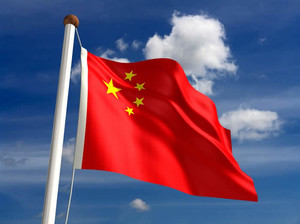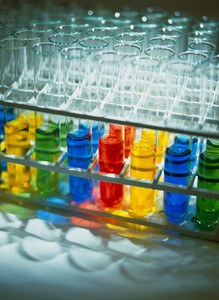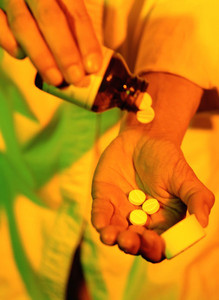Trade groups: the Biotechnology Industry Organization (BIO) and the R&D-based Pharmaceutical Association Committee in China (RDPAC), both of which represent originator biologicals companies, have each asked the China Food and Drug Administration (CFDA) to modify its draft biosimilars guidance.
Trade groups comment on China’s biosimilars guidance
Home/Policies & Legislation
|
Posted 12/12/2014
 0
Post your comment
0
Post your comment

China’s Center for Drug Evaluation (CDE), which is part of CFDA (simplified Chinese: 国家食品药品监督管理局), issued draft guidance on 29 October 2014 outlining the principles for developing biosimilars of biologicals already approved in China. The draft guidance was released for a one-month consultation period, which ended on 29 November 2014 [1].
The draft guidance allows for additional assessment of a biosimilar candidate if a comparability study shows differences between the candidate and its reference product. However, both BIO and RDPAC have said that if discrepancies are observed at the chemistry, manufacturing and controls (CMC) level, and the preclinical level, the candidate should not be considered a biosimilar. RDPAC further suggested that if a candidate is found to be unsuitable as a biosimilar, it should be allowed to switch to new drug development and registration pathways directly.
The draft guidance also establishes a step-by-step procedure in which ‘no or little difference’ in comparability testing found could allow subsequent comparability tests to be skipped. However, both organizations have recommended that if there are no discrepancies at the CMC and preclinical level, subsequent clinical comparability studies should include pharmacokinetic and pharmacodynamic studies. Both BIO and RDPAC also reiterated that biologicals approved as biosimilars should not be used as reference products.
Both groups also suggested that biosimilar applicants use clinical endpoints and study populations that are most sensitive to detecting clinically meaningful differences between the two products, particularly if the applicant seeks to extrapolate the data to additional indications. The draft guidance allows for extrapolation of indications, which will be considered on a case-by-case basis.
BIO has also recommended that CFDA consider the role of intellectual property protection for reference products in developing its biosimilars guidance. The trade group also noted that the CFDA’s guidance is generally consistent with biosimilars guidelines published by WHO, FDA and EMA.
CFDA is thought likely to publish its final guidance in early 2015.
Related article
Chinese guidelines for biosimilars
Reference
1. GaBI Online - Generics and Biosimilars Initiative. China releases draft biosimilars guidance [www.gabionline.net]. Mol, Belgium: Pro Pharma Communications International; [cited 2014 Dec 12]. Available from: www.gabionline.net/Guidelines/China-releases-draft-biosimilars-guidance
Permission granted to reproduce for personal and non-commercial use only. All other reproduction, copy or reprinting of all or part of any ‘Content’ found on this website is strictly prohibited without the prior consent of the publisher. Contact the publisher to obtain permission before redistributing.
Copyright – Unless otherwise stated all contents of this website are © 2014 Pro PharmaCommunications International. All Rights Reserved.
Source: BioCentury
Guidelines
New guidance for biologicals in Pakistan and Hong Kong’s independent drug regulatory authority
Canada poised to remove requirement for Phase III trials for biosimilars
Most viewed articles
The best selling biotechnology drugs of 2008: the next biosimilars targets
Global biosimilars guideline development – EGA’s perspective
Related content
ANVISA tackles 24-month backlog in biologicals post-registration petitions
US EO: delivering Most-Favored-Nation Prescription Drug Pricing to American patients
Uruguay to establish independent AUVISA drug agency for healthcare reform
Malaysia announces Screening Package for new drugs and biologicals
ANVISA tackles 24-month backlog in biologicals post-registration petitions

Home/Policies & Legislation Posted 10/10/2025
US EO: delivering Most-Favored-Nation Prescription Drug Pricing to American patients

Home/Policies & Legislation Posted 03/10/2025
Uruguay to establish independent AUVISA drug agency for healthcare reform

Home/Policies & Legislation Posted 17/09/2025
Malaysia announces Screening Package for new drugs and biologicals

Home/Policies & Legislation Posted 25/08/2025
The best selling biotechnology drugs of 2008: the next biosimilars targets






Post your comment